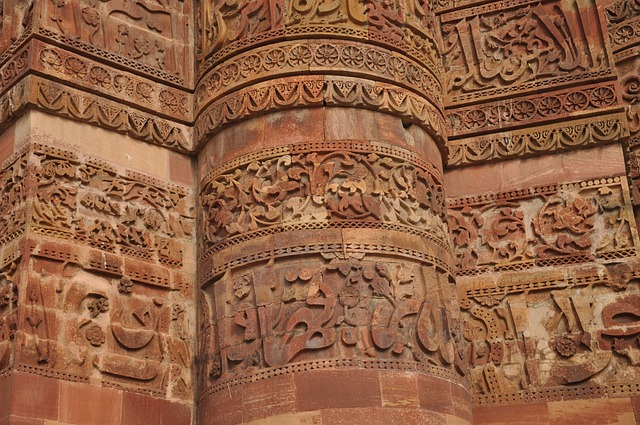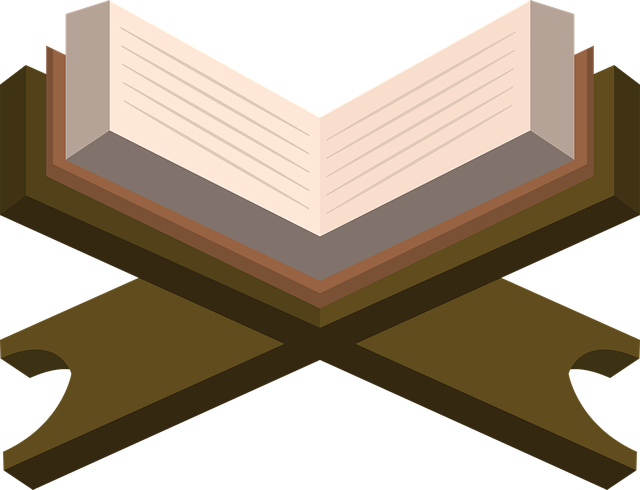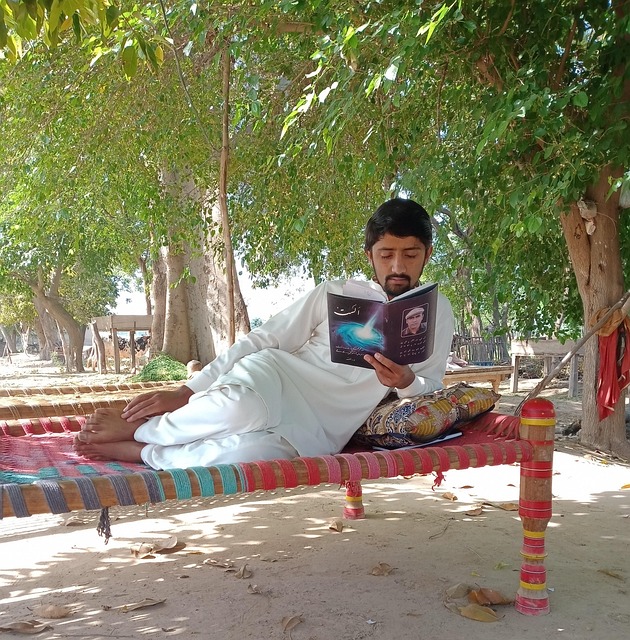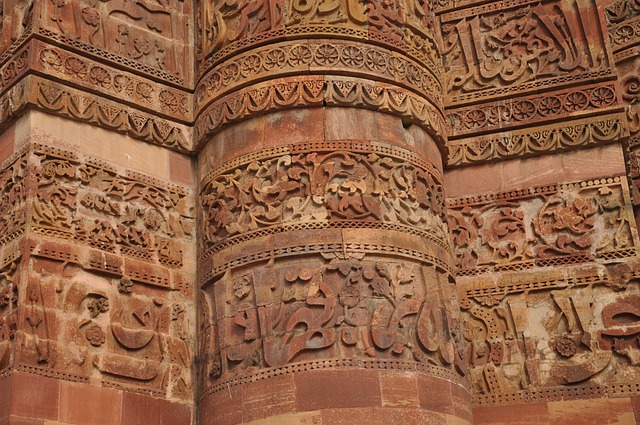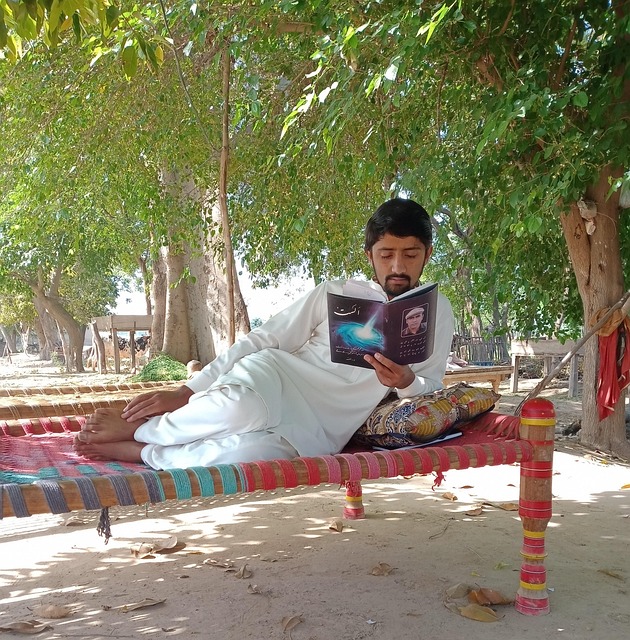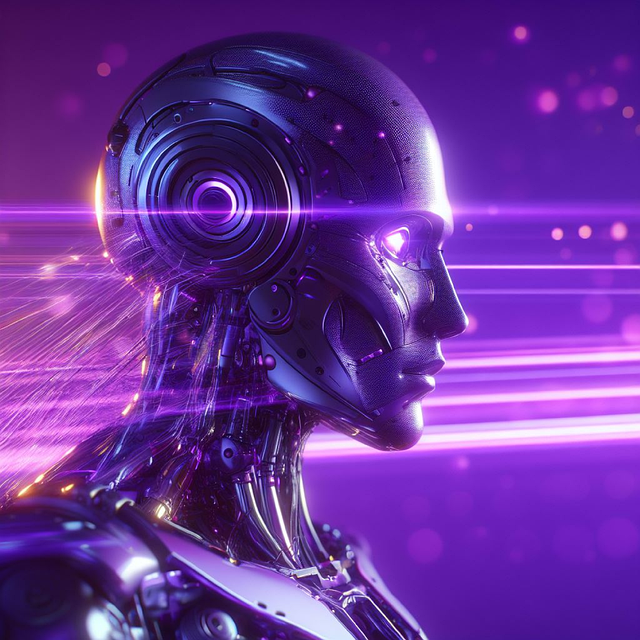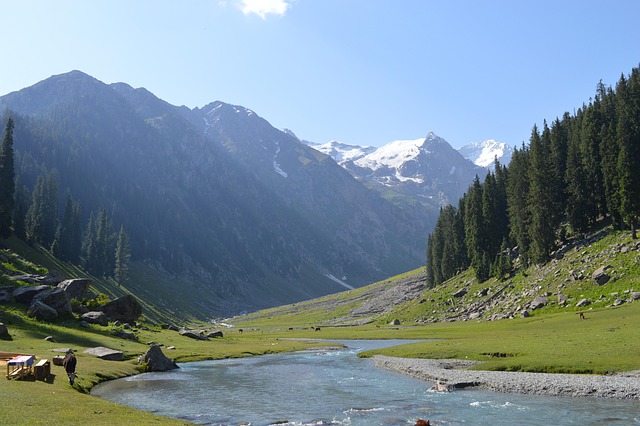Urdu
Urdu: Revolutionizing Communication and Access to Information
Overcoming Language Barriers, One Word at a Time
In today’s globalized world, language acts as a powerful bridge or an insurmountable wall between communities. Urdu steps in as a dynamic solution, offering a unique approach to transcend linguistic barriers and foster meaningful connections. It empowers individuals to express themselves, access knowledge, and engage with a diverse range of cultures.
The Language Barrier: A Global Challenge
-
Limited Access to Information: Non-Urdu speakers often find themselves in an information desert, missing out on valuable resources, literature, and cultural content available primarily in Urdu. This is especially prevalent in regions where Urdu is widely spoken, creating a digital divide.
-
Communication Difficulties: Daily interactions become daunting tasks when language differs. Business negotiations, medical consultations, or even simple conversations can be hindered, leading to misunderstandings and frustration.
-
Educational Disparities: In educational settings, students from diverse linguistic backgrounds may struggle to keep up with lessons taught in Urdu. This disparity can impact academic performance and limit opportunities for those who lack language proficiency.
Urdu: The Solution
Urdu presents a powerful tool to overcome these challenges by offering:
-
Comprehensive Language Support: From basic vocabulary to advanced grammar, Urdu provides resources for learners of all levels, ensuring effective communication.
-
Digital Accessibility: With a vast online presence, Urdu content is readily available, bridging the digital divide and empowering users to access information at their fingertips.
-
Cultural Preservation: It celebrates and preserves the rich cultural heritage of its speakers, fostering a sense of belonging and identity.
Problem 1: Limited Language Proficiency
Scenario: Imagine a non-Urdu speaking student in Pakistan who needs to interact with local peers and understand course materials taught in Urdu. They struggle to keep up, leading to academic delays and social isolation.
Problem Analysis:
-
Lack of Structured Learning: Many individuals lack access to formal language education, making self-study or informal learning inadequate for achieving fluency.
-
Varying Dialects: Urdu has numerous dialects, creating regional variations that can complicate understanding for those exposed primarily to standard Urdu.
-
Time Constraints: Balancing work, studies, or family commitments leaves limited time for dedicated language practice.
Solution: Urdu Language Immersion
Urdu offers a structured learning path tailored to diverse needs:
-
Comprehensive Courses: Online and offline courses cater to beginners, intermediate, and advanced learners, ensuring a holistic understanding of the language.
-
Interactive Learning: Using immersive techniques, students engage with role-plays, conversations, and cultural activities, accelerating language acquisition.
-
Personalized Practice: Adaptive learning platforms provide customized exercises, vocabulary lists, and grammar explanations based on individual progress.
Before & After: A Student’s Journey
Student X, a non-Urdu speaker, enrolls in an intensive Urdu course.
Before: Struggles to follow lectures, feels socially isolated, and lags in academic performance.
After (3 months): Gains confidence in everyday conversations, understands complex literary texts, and actively participates in group discussions, improving grades and social integration.
Problem 2: Inadequate Digital Resources
Real-World Example: Consider a research scholar from India working on a dissertation related to Urdu literature. They face challenges accessing relevant digital resources due to language barriers and limited online material availability.
Problem Breakdown:
-
Scarcity of Online Content: Despite the internet’s vastness, authentic Urdu content is scarce, especially in academic domains, making research and learning more difficult.
-
Language Conversion Issues: Automatic translation tools often fall short when dealing with nuanced language structures, leading to inaccurate interpretations of complex texts.
-
Cultural Context Loss: Digital resources may fail to convey the cultural nuances and subtleties inherent in Urdu literature and media.
Solution: Urdu Digital Library and Tools
Urdu’s digital ecosystem offers a wealth of resources:
-
Comprehensive Digital Library: A vast online library houses books, articles, research papers, and multimedia content, catering to scholars, students, and enthusiasts worldwide.
-
Advanced Translation Services: Utilizing AI and human expertise, these services provide accurate translations, preserving the essence of Urdu texts across disciplines.
-
Cultural Contextualization: Digital tools enhance cultural understanding by providing notes on idioms, proverbs, and literary devices, ensuring a deeper appreciation of Urdu content.
Implementing Digital Access
-
Collaboration with Libraries: Partnering with academic institutions ensures the digital preservation and accessibility of rare Urdu manuscripts and collections.
-
Open-Source Contributions: Encouraging users to contribute quality content creates a dynamic online library, fostering a sense of community and ownership.
-
Regular Updates: Maintaining and updating resources regularly ensures that users access the latest research and cultural trends in Urdu.
Problem 3: Lack of Cultural Exchange
Scenario: A global community of Urdu enthusiasts desires to connect and share their language’s richness but struggles to find accessible platforms and engaging activities.
Problem Insights:
-
Geographical Barriers: Physical distances prevent meaningful cultural exchanges, limiting opportunities for language practice and cultural immersion.
-
Lack of Community Engagement: Traditional cultural events may not reach a global audience, and online attempts often lack interactive elements, reducing participation.
-
Preserving Tradition: Keeping cultural practices alive requires dedicated efforts, especially when facing modernization and westernization influences.
Solution: Urdu Language Communities and Platforms
Urdu fosters cultural exchange through:
-
Online Forums and Groups: Social media groups, forums, and chat platforms connect individuals worldwide, facilitating language practice, knowledge sharing, and cultural discussions.
-
Virtual Events and Workshops: Webinars, poetry readings, language exchange sessions, and virtual festivals engage participants, fostering a sense of community and cultural preservation.
-
Collaborative Projects: Joint literature creation, language documentation, or digital art projects encourage collaboration, celebrating Urdu’s versatility and global appeal.
Building an Engaging Community
-
Incentivizing Participation: Creating safe spaces for expression, organizing competitions, and recognizing contributors fosters active engagement.
-
Cultural Representation: Featuring diverse cultural perspectives ensures that the community reflects Urdu’s richness and inclusivity.
-
Regular Feedback Loops: Seeking user feedback improves platform features and content, ensuring a vibrant and responsive community.
Addressing Common Objections
Objection 1: “Urdu is just another language; it won’t make a significant difference.”
Response: Every language carries unique cultural baggage and historical narratives. Urdu, with its rich literature and diverse dialects, offers a gateway to understanding South Asian cultures. By embracing Urdu, individuals gain access to a vast knowledge base and contribute to preserving linguistic diversity.
Objection 2: “I have no one to practice speaking Urdu with.”
Counter-Argument: Online platforms connect individuals worldwide, providing opportunities for language exchange. Virtual meetups, forums, and social media groups offer interactive spaces to practice and learn from peers.
Objection 3: “Urdu content is hard to find, especially in my region.”
Reassurance: The digital library and community efforts aim to centralize and expand Urdu resources globally. By contributing and participating, users can help create a rich digital archive, making content more accessible over time.
Implementation Timeline and Steps
-
Week 1-2: Assess current language proficiency and set learning goals. Explore available online courses and resources.
-
Week 3-4: Enroll in an immersive Urdu course (online or offline) to build a solid foundation. Join relevant social media groups and forums for initial interactions.
-
Month 1-2: Regularly practice speaking and listening through language exchange partners. Start exploring the digital library for research or interest-based topics.
-
Ongoing: Participate in virtual events, workshops, and community projects to deepen cultural connections. Contribute to online content creation, ensuring a diverse and dynamic Urdu digital landscape.
Conclusion: Empowering Through Language and Community
Urdu emerges as a powerful enabler, transcending language, culture, and geographical barriers. By providing comprehensive learning tools, fostering cultural exchange, and expanding digital access, it empowers individuals and communities worldwide. Embrace the journey of discovery, expression, and connection that Urdu offers, and become part of a global celebration of this vibrant language.
